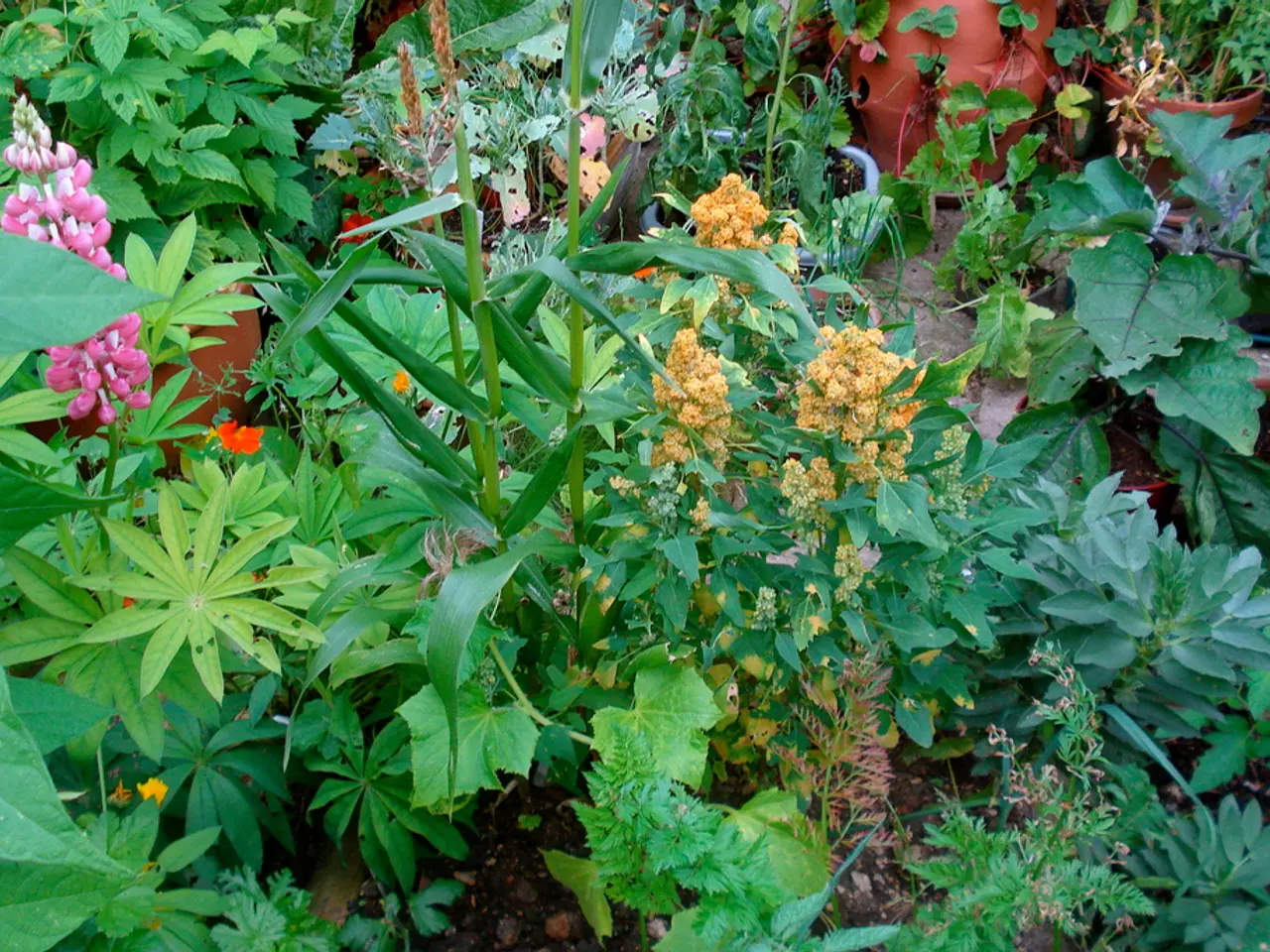Practical Tutorial on Efficiently Using Manual Hoes for Optimal Results
Manual hoes, simple yet effective gardening tools, offer numerous benefits for both the environment and the gardener.
Firstly, manual hoes provide a hands-on experience that connects the user directly with the earth, offering a sense of achievement. But their advantages extend far beyond this.
Manual hoes are quiet, reducing noise pollution in residential or natural areas, benefiting both humans and wildlife. Unlike gas-powered machinery, they operate silently, making them ideal for early morning or late evening gardening sessions.
One of the most significant environmental advantages of manual hoes is their lack of fossil fuel emissions. They require no gasoline or diesel, producing zero direct carbon emissions or air pollutants. This sets them apart from gas-powered garden tools, which emit greenhouse gases and particulate matter harmful to air quality and climate.
Moreover, manual hoes use fewer resources, conserving energy. They rely solely on human physical effort and do not consume non-renewable energy resources, thus reducing the overall carbon footprint and dependency on fossil fuels compared to gas-powered equipment.
The environmental benefits of manual hoes extend to soil and ecosystem health. Manual hoes allow more precise and less disruptive cultivation, preserving soil structure and beneficial organisms. Gas-powered tillers or cultivators can cause soil compaction, risk erosion, and disturb soil microbes important for plant health.
Manual hoes are also effective at weeding. Pulling the hoe towards oneself gathers weeds, chopping them down to the roots. This method is more efficient than using chemical herbicides, which can harm beneficial organisms and disrupt soil structure.
Regular care of gardening tools, including manual hoes, saves time and money in the long run. Cleaning a manual hoe after use prevents rust and maintains its condition. Sharpening the hoe blade with a file ensures it works effectively. Similarly, checking for broken tines in a rake should be done monthly, and cleaning and oiling pruners after each use is crucial for their maintenance.
In summary, manual hoes contribute to a more sustainable and eco-friendly gardening practice. They eliminate fossil fuel use, lower emissions, support healthier soil ecosystems, and reduce noise pollution, offering clear environmental advantages over gas-powered garden tools. Using a manual hoe is not only a great workout but also a rewarding way to cultivate a garden while reducing one's environmental footprint.
Adopting manual hoes for gardening incorporates them into a sustainable, eco-conscious home-and-garden lifestyle. Their use in the garden promotes a healthier vegetable-growing environment by minimizing noise pollution during early morning or late evening sessions, while reducing greenhouse gas emissions and air pollutants compared to gas-powered machinery. Additionally, the precision cultivation enabled by manual hoes maintains soil structure and supports a thriving ecosystem, providing a significantly better alternative to gas-powered cultivators.




